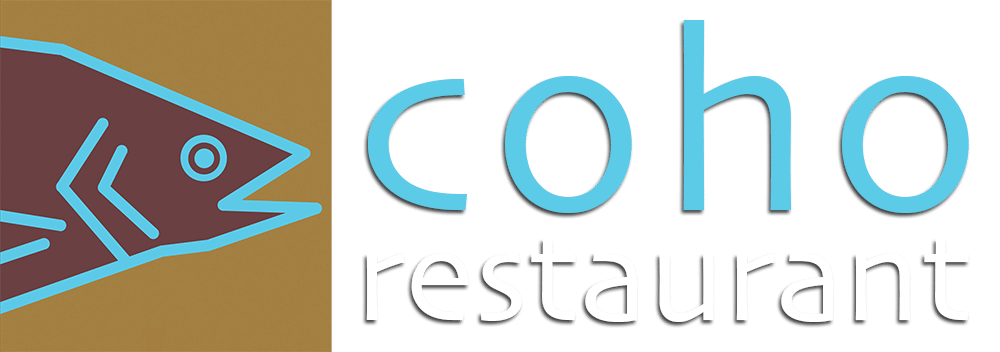 Thoughts of food never seem to be far from our mind. Ideas for holiday feasts are swirling, waiting to be plucked and plumped out. At Coho, we offer what we consider a “traditional” Thanksgiving meal, compete with mashed potatoes, sweet potatoes, lots of vegetables, stuffed turkey, and incredible pies. But have you ever considered, what makes this traditional? And where did these traditions come from?
Thoughts of food never seem to be far from our mind. Ideas for holiday feasts are swirling, waiting to be plucked and plumped out. At Coho, we offer what we consider a “traditional” Thanksgiving meal, compete with mashed potatoes, sweet potatoes, lots of vegetables, stuffed turkey, and incredible pies. But have you ever considered, what makes this traditional? And where did these traditions come from?
Surely, this could not have been the same type of meal that was served at the Plymouth Colony on that very first feast. Historians know for certain that the Wampanoag American Indians brought deer and the colonists shot wild fowl; beyond that, it’s all speculation. The wild fowl may or may not have included turkey; perhaps it was ducks, geese, or swans. Since they were on the east coast, it would stand to reason that they also had foods from the sea: fish, lobster, clams, maybe even seals since there was no stigma back then about eating anything wild. In Colonial times, they weren’t veggie-centric like we are today, and their diet consisted of mostly protein. During harvest time, they may have had the venerable staples of the English diet, squash, carrots, and peas; Indian corn would have also been a likely addition.
In 1621, people ate what was available, when it was available – the original “locavores!”. Since they had no refrigeration, they dried a lot of their foods to preserve them, including Indian corn, hams, fish, and herbs. It is known that they also used many spices such as cinnamon, ginger, nutmeg and pepper in sauces for meats. Roasting was the typical method of preparation, with someone assigned to turning the spit all day long. Certainly there were no pies or anything sweet other than fruit, if any; sugar was an expensive and rare commodity. Sources are conflicting on the presence of wheat flour; some say there was limited quantity, others say there was no wheat, and not even any ovens.
So how did they eat this feast? All of the food was brought to the table or any available flat surface at one time (it wasn’t served in courses as we do today) and people just ate was in front of them or what they felt like eating. Knives and fingers were the utensils, possibly spoons, definitely no forks; they probably didn’t have individual plates, and might have used cloth pieces to pick up hot pieces of food. It sounds like a hearty feast indeed!
By the way, we have Abraham Lincoln to thank for proclaiming a national day of thanks to be celebrated on the last Thursday of November. Even though FDR tried to get the date changed to the third Thursday of the month, the tradition was already buried in American consciousness and his mandate failed.
Though our “traditional” dinner of today is a far cry from the colonists’ meal, the message of sharing and thanks still prevails. We celebrate the bounty of food that we have, the joy of being with friends and family, and the freedom to express ourselves, our religion, our passions. Here’s wishing you a hearty Thanksgiving feast!
